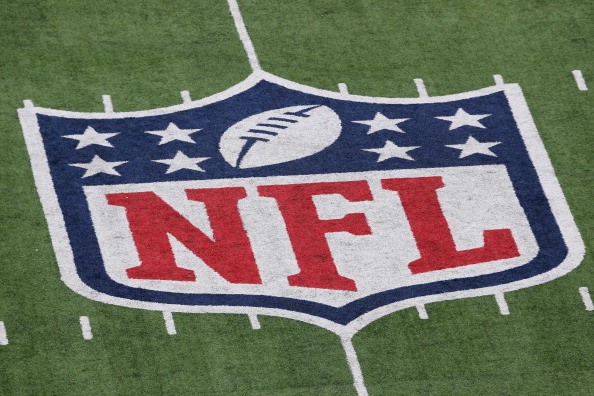The NFL’s attempts to restrict their teams’ social media use of clips and highlights have provoked plenty of backlash, and that’s continuing with comments from two different heads of social media for NFL teams who spoke anonymously to Yahoo Finance’s Daniel Roberts. Both of them discussed why this is so frustrating:
But two different people, who each head up social media for an NFL team, speaking to Yahoo Finance on condition of anonymity, say that the new policy limits what teams can do, rather than expands it. They say the league often takes too long to post a certain clip (which defeats the in-the-moment spirit of social media), or doesn’t post a certain clip at all. They complain that the league’s definition of the “in-game window,” which extends to an hour after a game has ended, is especially frustrating.
…On paper, one team social media manager says, the new policy does look better than the old one. The problem? “No team cared about the old policy, no one followed it, the limits were broken on everything and we got to do what we want,” he says. “Now they have these fines, so it’s more restrictive and threatening. We can’t provide the same level of access and content as we have provided in the past, and fans are going to wonder why that happened.”
The NFL says it’s unlikely it will miss any big moments, and says the reason it caps the volume of content teams can post is to keep quality high. “If we allowed the clubs, and ourselves, to put every single bit out there,” [NFL social media chief Tom] Brady says, “there could end up being a lot of noise.”
One of the two social media managers responds, “The league says they never miss a viral moment. Yes they do. And if they don’t put up a certain clip, we can request it, but I don’t have that time. During the game, I’m doing a million things, I can’t send an email request with the description and the exact time in the game that a moment happened. It’s all very insulting.”
The latest
- AA Podcast: Curt Menefee on ‘Fox NFL Sunday,’ UFL, interviewing Eric Adams, and more
- Garrett and Nicole McNamara cherish authenticity of ‘100 Foot Wave’
- Mike Breen: Diminishing access to NBA players ‘hurts’ broadcasts, fan experience
- Rece Davis, Pete Thamel do some journalistic gatekeeping on Pablo Torre’s UNC-Bill Belichick reporting
Another good point raised here is that this isn’t a zero-sum game, where interest just shifts from team accounts over to the league’s account. Some of that interest will be lost from those who don’t care about the league-wide account, and other parts of it may transferred to outside, unsanctioned sources, such as fans’ Twitter accounts and blogs. If this was a closed system, the NFL strategy might make more sense, but it isn’t one. The backlash against the league’s approach is real, spectacular, well-founded and not going anywhere. If it continues, and if team account managers can present data to the league this offseason on lost followers and engagement to illustrate that this policy is hurting the NFL overall, we may well see a reversal of this at some point.

Comments are closed.